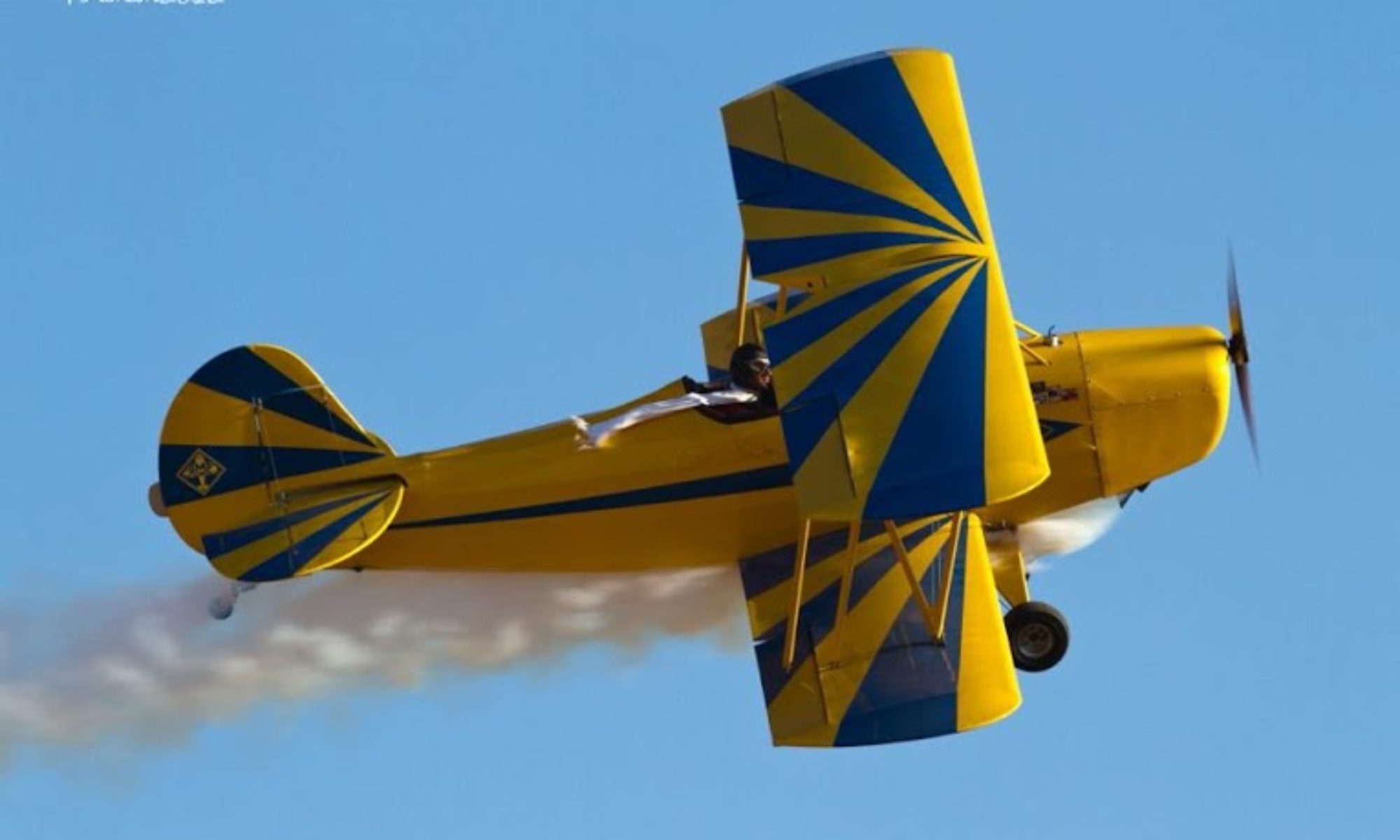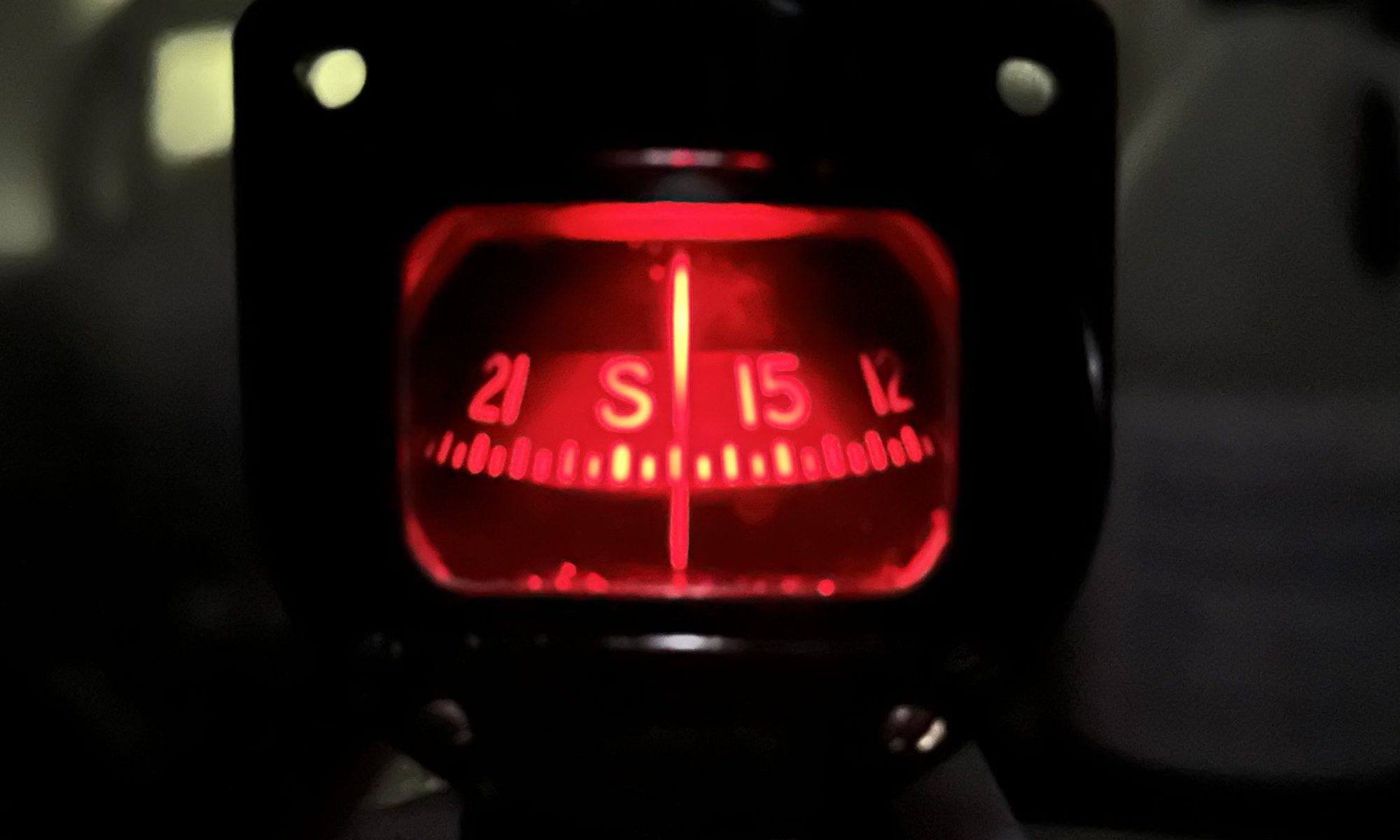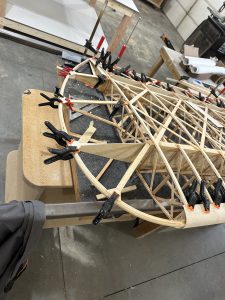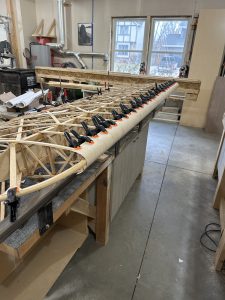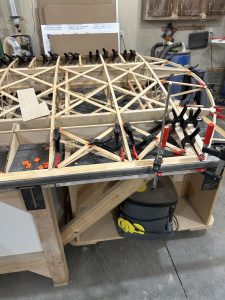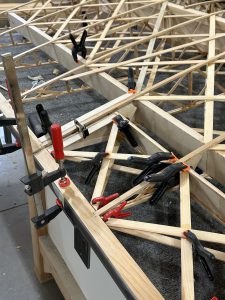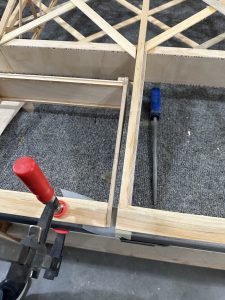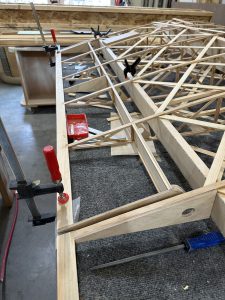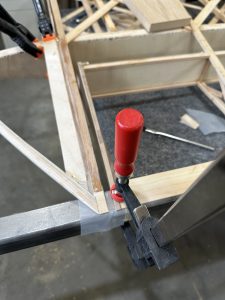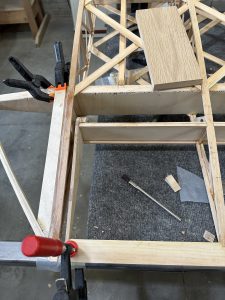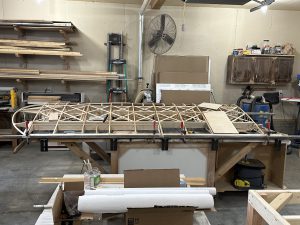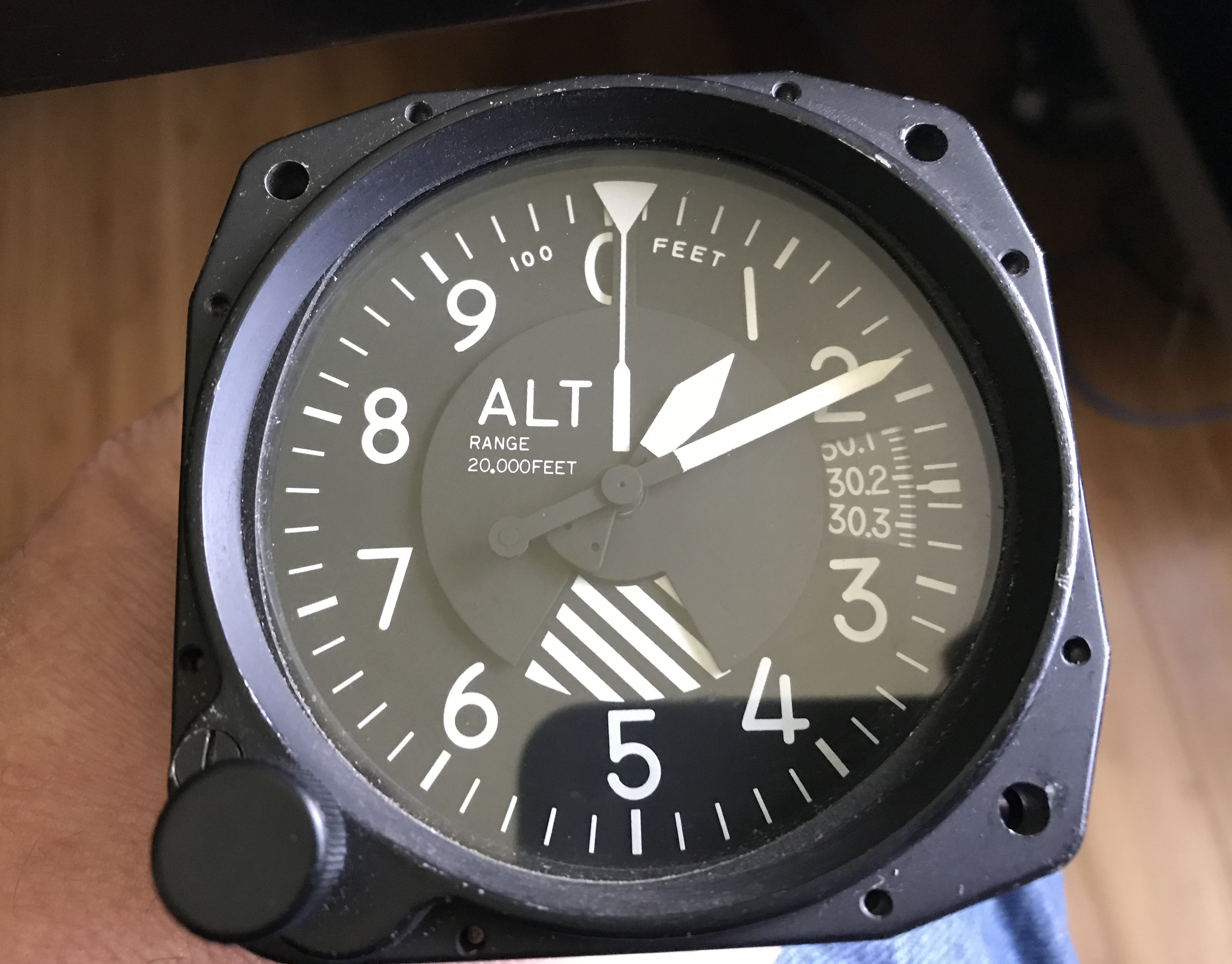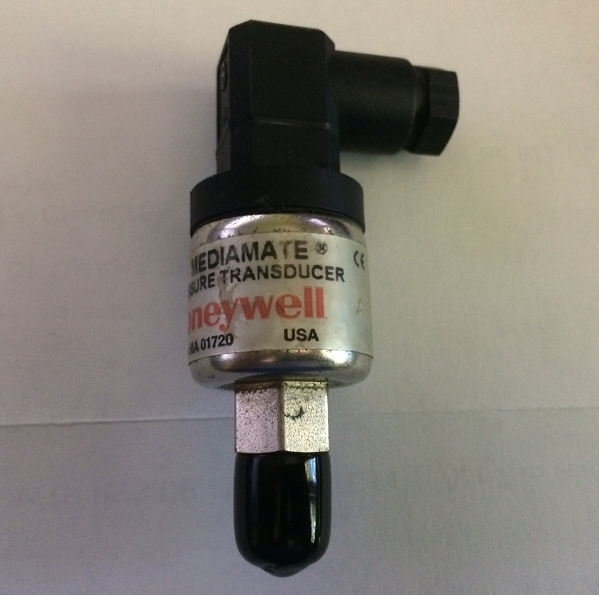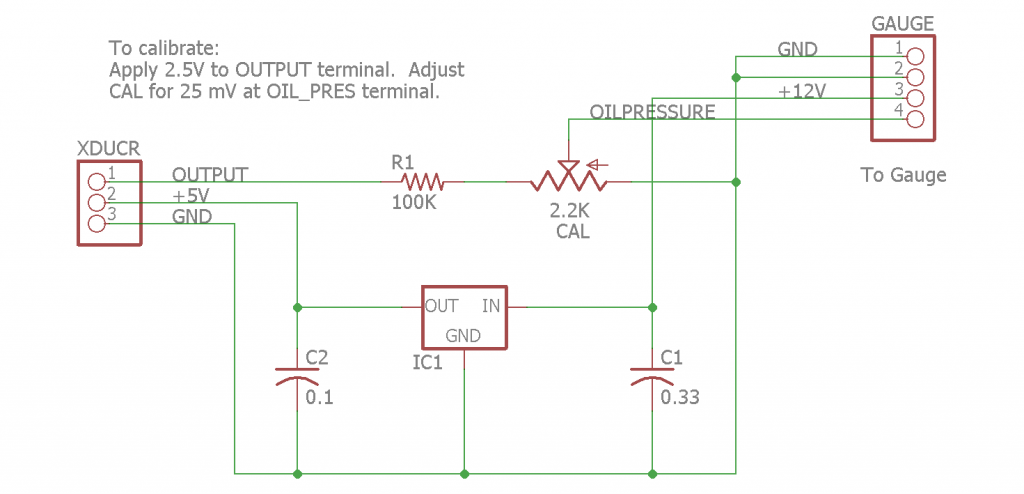I think I’ve finished the compass overhaul. The rebuild kit arrived from ACS yesterday. After carefully cleaning the glass with denatured alcohol, I installed the new gasket and the glass. With everything reassembled, I filled it with compass fluid. I had about half a pint from a rebuild kit I had bought several years ago, when I came across an old Airpath compass that ultimately turned out to be an oddball military model for which there are no replacement parts or gaskets. It was leaky around the glass, and I eventually figured out that the cork gasket was slightly oversized. From what I can tell, it’s supposed to apply pressure around the edges of the glass to seal it against the inner black rubber gasket. It was getting squeezed between the case and face plate. After trimming about a millimeter or so from the outside, I finally got it to seal up.
Normally you would submerge the compass in a container of fluid to work out all the bubbles. In fact, the Airpath manual specifies submerging it and pulling a vacuum for a few hours to ensure there is no trapped or dissolved air. I didn’t go to those lengths. I was able to work all the bubbles out and get the fill (or drain) plug in, and so far there’s no sign of leakage.
The new LED lamp works great. In a dark room there’s a nice red light that makes the compass quite readable. I’m happy with it.
I’ll let it sit on the bench for a few more days to ensure there’s no leak and no bubbles develop. If I do see any air, I’ll submerge it in a container and do it their way. I figure it won’t be getting mounted in a panel for at least a year or two, maybe longer, so I’ll have plenty of time to validate the quality of the rebuild. For a total investment of less than $71 I’ve got a completely rebuilt, well lighted Airpath compass. That total includes an extra nine little LED lamps that I’ll use elsewhere; if you don’t count those it’s under $65 total. Not bad considering I see dried-out junkers going for more than that on Fleabay.
